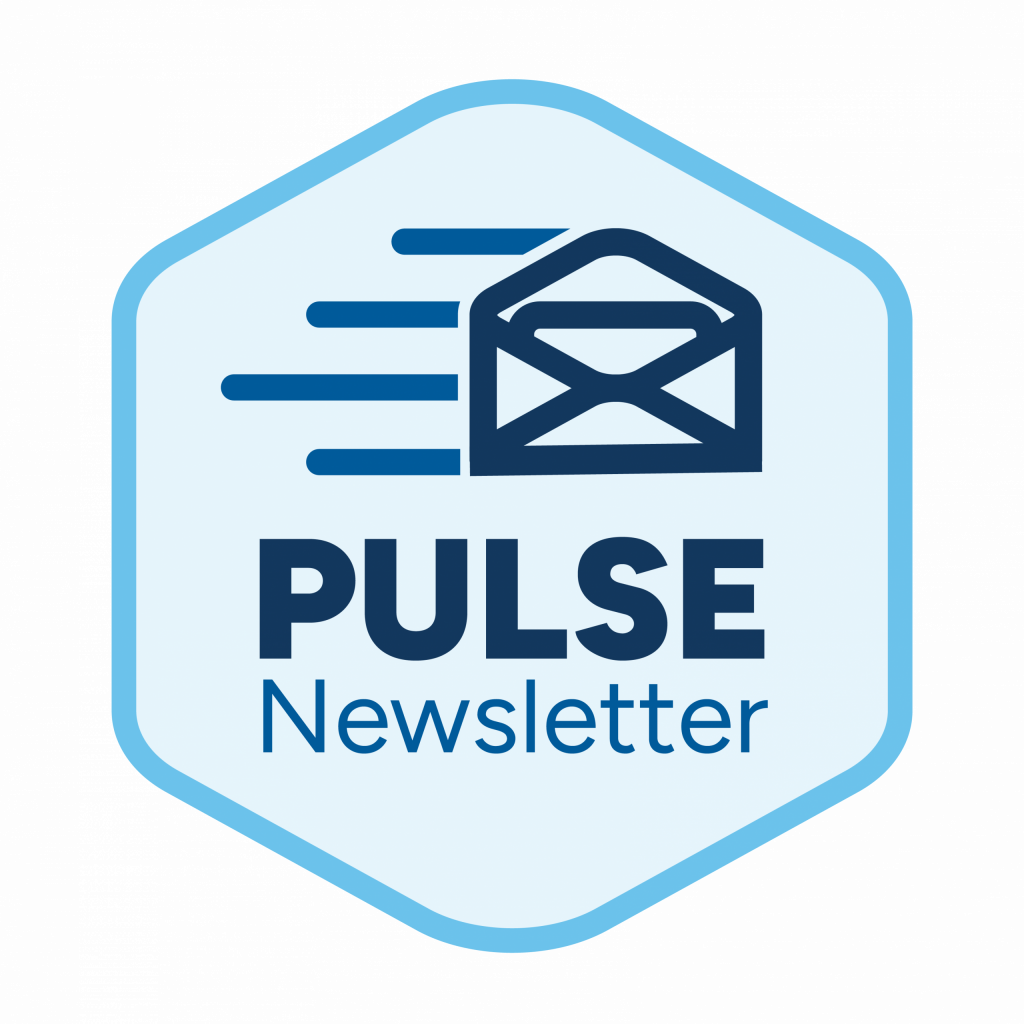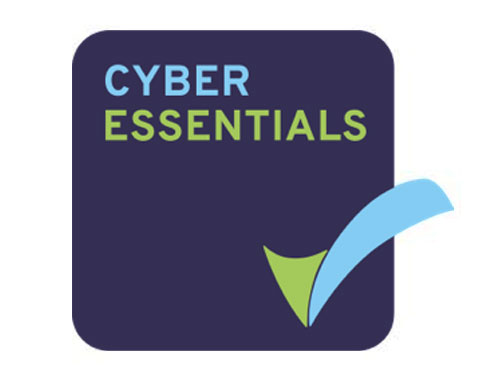
Cloud modernization has evolved beyond IT infrastructure.
It has become a core business strategy. For leaders managing legacy ERP or CRM systems like AX, NAV, GP, or on-premise CRM, migrating to Dynamics 365 Software as a Service (SaaS) is far more than a technical refresh. It represents a fundamental shift toward agility, scalability, and continuous improvement.
Today’s business environment rewards organizations that can adapt quickly. Dynamics 365 SaaS provides that capability through an evergreen model, one where systems evolve continuously without the disruption of large-scale upgrades. This shift allows enterprises to innovate confidently and align technology with long-term strategic goals.
What it means to build an evergreen enterprise
Legacy ERP and CRM platforms often followed a “big bang” approach to upgrades. Every few years, IT teams would embark on a major system overhaul that consumed time, budgets, and resources. Dynamics 365 SaaS replaces that cycle with an evergreen approach. Instead of waiting years for functionality improvements, businesses receive small, automated updates that happen regularly and seamlessly.
This model creates a range of measurable operational benefits:
- Faster adaptation to market and regulatory change
- Seamless integration across ERP, CRM, and the Microsoft Power Platform
- Reduced downtime through pre-tested cloud updates
- Consistent collaboration through shared, unified data
For executives, this shift means business systems can grow and flex alongside strategy, not lag behind it. Teams gain more freedom to innovate, departments can align their goals more effectively, and organizations can make smarter, faster decisions based on live data rather than static reports.
The technology is powerful, but success still depends on people. Nigel Frank connects enterprises with Dynamics 365 professionals who can lead SaaS modernization projects, helping build the frameworks that support continuous improvement and long-term value creation.
Cloud agility as a new standard
Dynamics 365 SaaS aligns with a broader shift toward cloud-native architecture, real-time analytics, and automation-first operations. Rather than customizing the platform extensively, organizations can now use configuration tools and low-code capabilities such as Microsoft Power Apps and Power Automate to extend functionality safely and efficiently.
For non-technical leaders, “low-code” platforms allow teams to create new workflows and applications with minimal coding knowledge. This makes innovation faster and more accessible across business functions. Finance can gain instant visibility into performance. Supply chain teams can model and respond to changes dynamically. Customer service and sales can collaborate on a single, real-time data foundation.
In practical terms, this means the business can pivot more easily in uncertain markets. Whether responding to economic shifts, compliance updates, or emerging customer demands, enterprises operating on Dynamics 365 SaaS have the resilience and flexibility to adapt.
According to the Nigel Frank Careers and Hiring Guide 2025, 79% of Microsoft professionals said they are more likely to remain with employers who actively invest in modernization and upskilling initiatives. This reinforces what business leaders are already seeing: professionals want to contribute to organizations that innovate continuously and empower their teams to evolve.
Forward-thinking leaders recognize that attracting and retaining professionals who thrive in evergreen environments is key to staying competitive.
The foundation of continuous delivery: Evergreen ALM
To achieve sustainable cloud innovation, enterprises rely on robust Application Lifecycle Management (ALM). ALM refers to the processes and tools used to plan, build, test, and deploy software updates across environments. In an evergreen context, ALM ensures changes are reliable, traceable, and repeatable.
Modern ALM frameworks for Dynamics 365 include automated testing, version control, and continuous deployment pipelines. These features reduce risk by making every change transparent and recoverable. For business leaders, this means innovation can happen quickly without sacrificing stability or compliance.
With mature ALM practices, organizations can:
- Reduce operational risk through automation and real-time visibility
- Support governance and regulatory compliance with auditable change tracking
- Maintain system reliability while evolving continuously
This is where the right talent becomes a strategic advantage. Nigel Frank helps enterprises find Dynamics 365 professionals who understand both technical delivery and governance. Their expertise ensures modernization efforts are built on a foundation of control, scalability, and confidence.
Preparing for a future of continuous improvement
Migrating to Dynamics 365 SaaS is just the beginning. The true potential of cloud modernization is realized when strong governance, skilled teams, and adaptive processes work together to sustain progress. Enterprises that commit to this approach gain faster decision-making, more consistent performance, and greater resilience in changing markets.
Tools like Dynamics 365 Copilot, Microsoft’s AI assistant embedded in the platform, illustrate how innovation is accelerating. Copilot helps users automate repetitive tasks, generate insights from complex data, and make recommendations based on predictive analytics. For example, finance teams can use Copilot to forecast revenue trends, while sales teams can identify cross-sell opportunities automatically.
The value for business leaders is not simply in the AI tools themselves but in the talent that knows how to deploy, train, and manage them effectively. Skilled Dynamics 365 professionals ensure that automation delivers measurable outcomes such as productivity, compliance, and sustainable growth rather than isolated efficiency gains.
The enterprise advantage of people-powered transformation
Cloud modernization is ultimately a people strategy as much as a technology one. The success of an evergreen model depends on teams that can bridge business goals with technical innovation. Hiring the right professionals ensures your organization does not just migrate systems but builds a lasting culture of agility and improvement.




